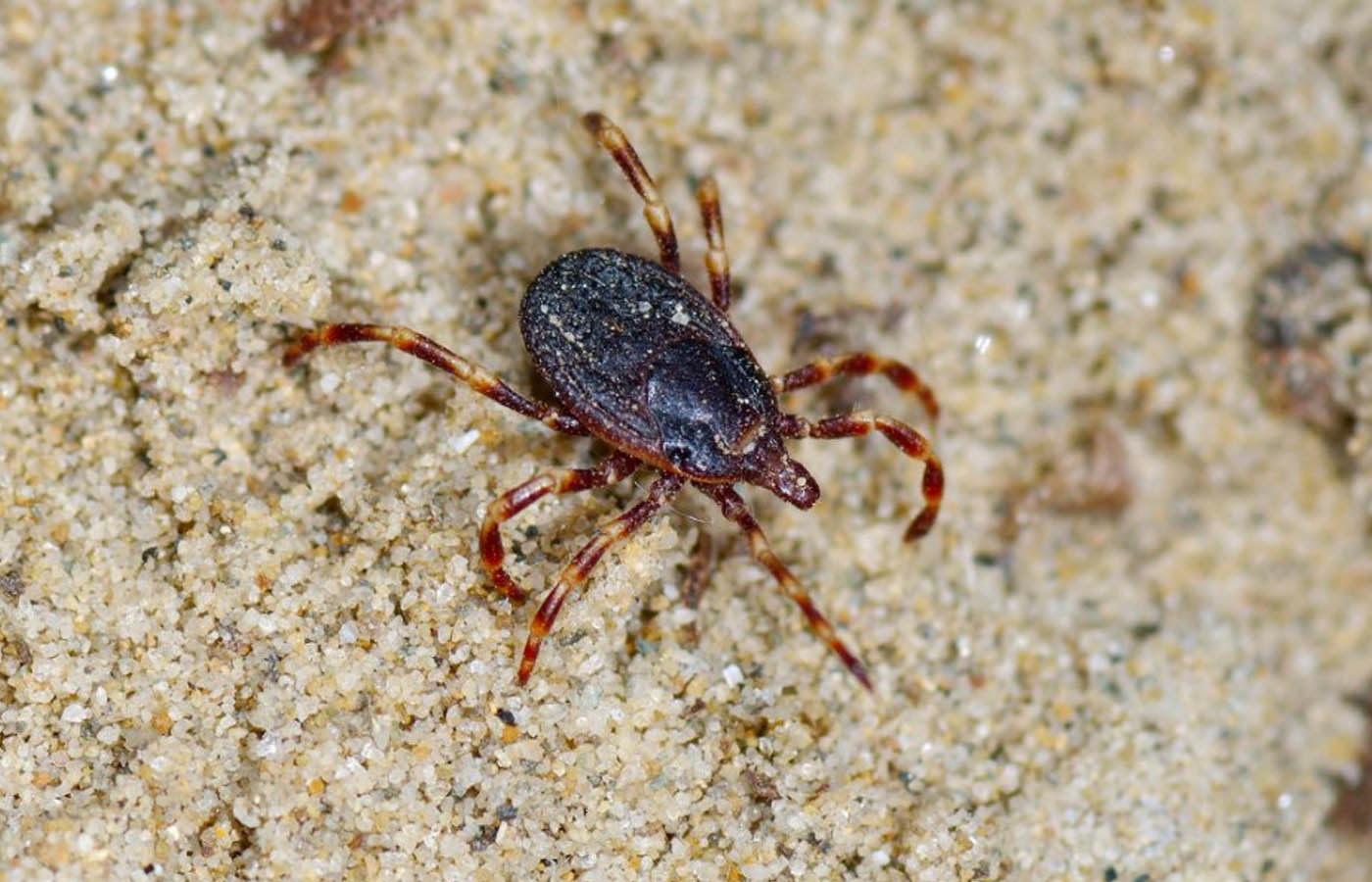Giant blood sucking ticks are expanding their territory, and this isn’t some little guy, but a giant in the world of tick species. Darn it for the fact that we exhale carbon dioxide, which is how so many types of arthropods track and hunt us down. These little spiders (yes, that’s right, they’re technically arachnids) are thankfully not anywhere near the top of the predatory food chain, but they sure are worrisome and annoying.
Once your presence has been detected, they hop from leaf to leaf like a menacing version of Spiderman with legs outstretched in pursuit of you. And should you pass underneath the tree or branch where they’re hanging out in wait, suddenly, and in one fell swoop, they’ll jump off and attach onto you like a cruise passenger onto a ship that’s ready to set sail into the sunset. Only it’s you that’s the destination and your blood the all-you-can-eat dinner buffet.
Having lived for an extended period of time in a rural and densely forested part of West Virginia, I know first-hand what it’s like to live in the presence ticks – where they’re a clear, constant, and present form of danger. West Virginia is one of those areas, along with many others, becoming increasingly infested with this eight-legged kind.

Coming home was like a ritual after spending any time out on the trails. You’d have to undress and do a body check (either in the mirror, or by someone else) which included going through your hair and over your scalp (another place where the buggers often affix themselves to). And even then, not finding any didn’t mean you were home free yet. The next thing you’d know is that you were lying on the couch, when you spotted a small dark spot moving – low and behold it was a tick.
My apologies in advance if I’m the first to share this with you, but there are even ticks, like the Hyalomma, that can find hosts by heat, scent, or sight from up to 30 feet away. Then, they’ll chase you down on the ground like some kind of mountain lion or something for over ten minutes – talk about a small thing with a superiority complex, sheesh. Meet the giant tick.

Here’s the bad news. Their numbers are growing, and their territory is expanding. Apparently, the giant tick H. marginatum has gone from a small and specific area of the Mediterranean to all over Europe. And reports of the Hyalomma ticks surviving winter (which is not typically the case) is cause for concern. Especially, since they may carry serious diseases that can affect humans, animals, and livestock.

So, just because there’s a tiny body of water – called the Atlantic Ocean – between here and there, doesn’t mean that American shores won’t ever experience an invasion of the giant tick (damn that would make a really good sci fi title, or summer horror flic). These guys are like master cowboys and can hitch a ride on practically anything they want, including on the backs of migratory birds. They’ve already made it to Russia.
If you’re planning on spending any time out-of-doors this summer, refer to one of the many online resources available to help you identify a tick. Be vigilant if you’re planning an outdoor version à la camping style of a Chevy Chase National Lampoon’s European vacation. Authorities are urging people, if you come face to face with one of these giants, to capture and report it. That being said, it would be hard to blame you if out of reflex and sheer terror, you were to stomp your foot down and smoosh it.



